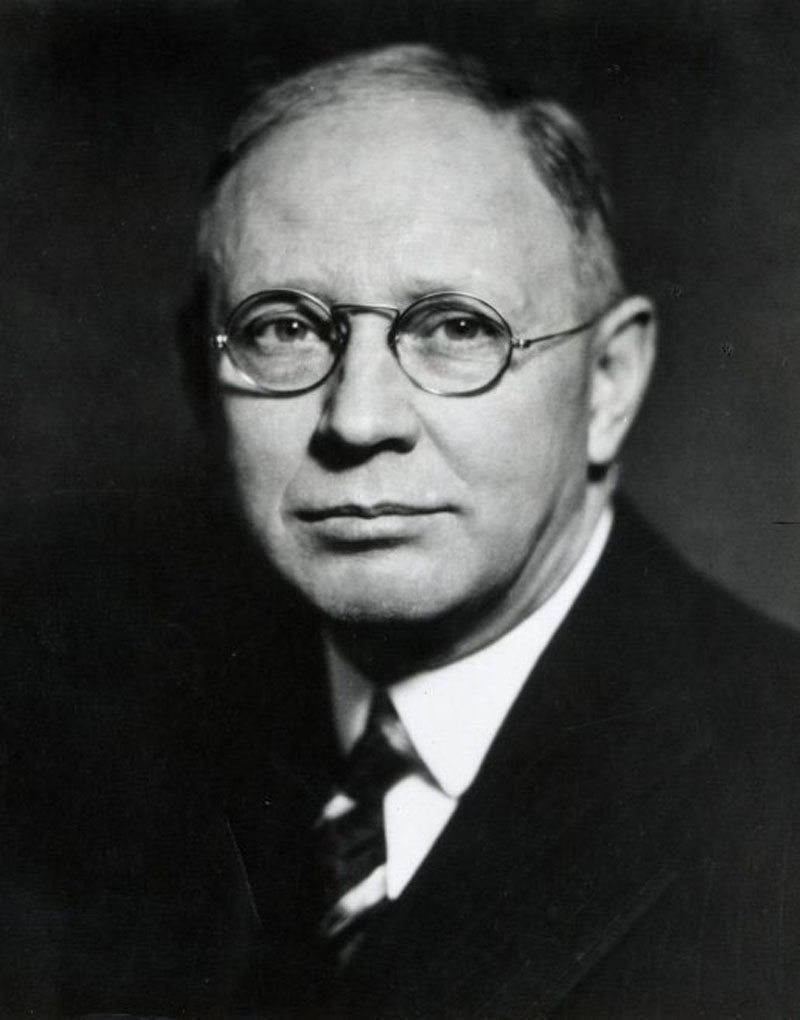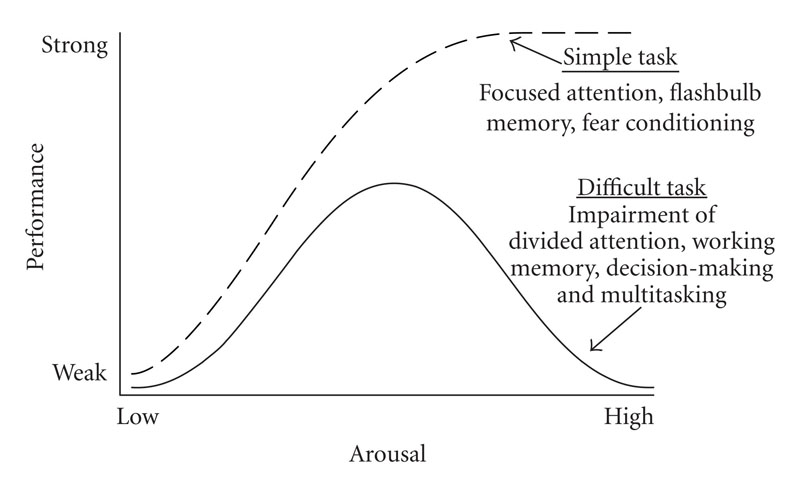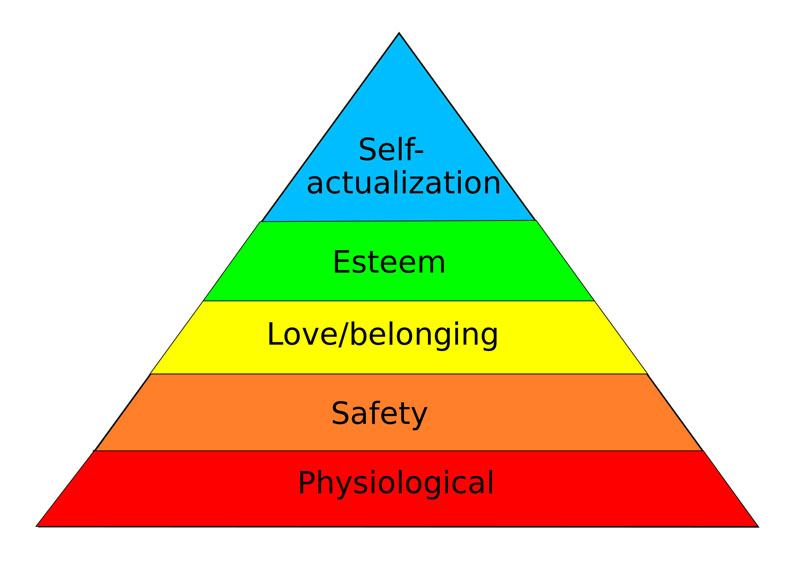Motivation and Emotion
Theories of Motivation
- Motivation is a theoretical construct used to explain the psychological drives that prompt a person to act in a certain way.
- Intrinsic motivation is driven by an interest or enjoyment in the task itself, and exists within the individual rather than relying on external pressures or a desire for reward.
- Extrinsic motivation refers to the performance of an activity in order to attain a desired outcome and it is the opposite of intrinsic motivation. This type of motivation comes from influences outside of the individual.
- Bounded rationality is the idea that when individuals make decisions, their rationality is limited by the information they have, the cognitive limitations of their minds, and the time available to make the decision.
- Homeostasis is the property of a system in which variables are regulated so that internal conditions remain stable and relatively constant.
- Drive theory is based on the principle that organisms are born with certain psychological needs and that a negative state of tension is created when these needs are not satisfied.
- Drive reduction theory was a motivational theory popular in the mid-twentieth century that held that certain primary drives like hunger, thirst and sexuality motivate us to act in ways that minimize aversive states.
- In drive reduction theory, primary drives are innate drives (e.g. thirst, hunger, and sex).
- secondary drives are learned by conditioning (e.g. money).
- The set-point theories of hunger and eating are a group of theories developed in the 1940s and 1950s that operate under the assumption that hunger is the result of an energy deficit and that eating is a means by which energy resources are returned to their optimal level.
- The positive-incentive perspective of hunger maintains that humans and other animals are not normally motivated to eat by energy deficits, but are instead motivated to eat by the anticipated pleasure of eating
- The desire phase of the human sexual response involves sexual interest and a longing for physical intimacy.
- The excitement phase of the human sexual response involves the physical reaction to sexual desire and the experience of sexual pleasure.
- The orgasm phase of the human sexual response is characterized by the release of sexual tension and involuntary, rhythmic muscle contractions in the genitals of both men and women.
- The resolution phase is the final stage of the human sexual response. During this phase, the body returns to normal. Heart rate and breathing slow, and muscles relax.
- Incentive theories explain motivation as the association of a positive goal with a behavior or action.
- Expectancy-value theory proposes that motivation is a function of the expectancies one has and the value of the goal. When more than one behavior is possible, the behavior chosen will be the one with the largest combination of expected success and value.
- Approach-avoidance conflicts occur when there is one goal or event that has both positive and negative effects or characteristics that make the goal appealing and unappealing simultaneously.
- The Yerkes-Dodson law is an empirical relationship between arousal and performance which states that performance increases with physiological or mental arousal, but only up to a point. When levels of arousal become too high, performance decreases.
- Maslow's hierarchy of needs is a theory of psychological health predicated on fulfilling innate human needs in priority, culminating in self-actualization.
- Self-determination theory focuses on the degree to which an individual's behavior is self-motivated and self-determined.




